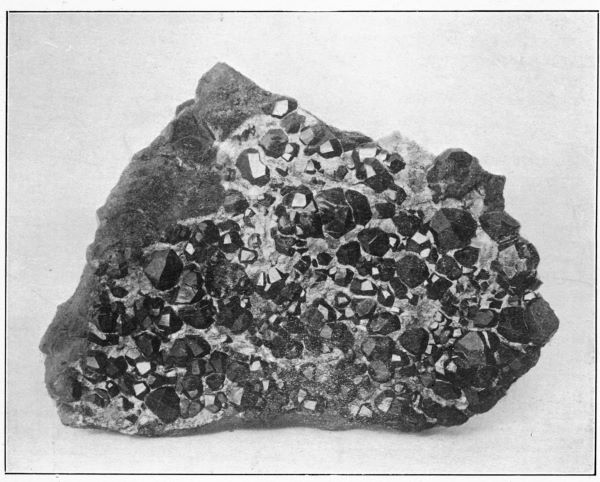Field Work

Lewis Fermor's Diary (1902-1904): 28th October-8th November 1903 (p.100-101) [LDGSL/348/2/3]. Click here to enlarge.
The field work season for the Geological Survey of India (GSI) at the time ran from late October to mid-April; the cooler and drier months of the year. Despite this, Fermor records the temperature reaching occasional heights of 105⁰F (41⁰C), with a more common reading being around 75-85⁰F (24-29⁰C). On 29th March 1903, the young Englishman noted, on the thermometer reaching 100⁰F, that it was the ‘first time [he had] experienced it so hot’. Writing an article for the Royal College of Science Magazine, however, he made no mention of discomfort, describing the weather as being ‘like the most glorious English summer imaginable’ (Fermor 1903, p.274).

Left: Map showing the area covered by the route map to the right.
Right: Fermor’s route during his first two field work seasons, plotted on a modern map of India.
The actual geological work that Fermor had been despatched to do is rarely mentioned in the entries for his first field season (1902-1903), though more references are made to it during the October 1903 – May 1904 period. The general reports of the GSI for the years in question reveal that while his initial season was spent surveying the Dhar forest (now part of Madhya Pradesh), his second, in the Central Provinces (now part of Maharashtra, Madhya Pradesh and Chhattisgarh) marked the beginning of the work that would be the basis for his substantial 1909 report on the manganese ore deposits of India.
At the time, the manganese ore mining industry was taking off in India, with the country being the second biggest producer in the world in 1903 (Holland 1905, p.55). Today it remains a leading producer and exporter of the mineral, in fifth place in terms of production in 2009 (Government of India 2012). During his travels around the Central Provinces, mostly north of Nagpur, Fermor visited a number of quarries and mines, some of which, for example Kandri, are still in operation today. Other sites where he found evidence of manganese ore, though not being exploited at the time, are now also the location of mining activity.

Left: Part of the manganese quarry at Kandri being worked, taken by Fermor. [Lewis Leigh Fermor, Memoirs of the Geological Survey of India XXXVII: The Manganese-Ore Deposits of India, Calcutta: Government of India, 1909 (pl.26 fig.2).]
Right: Sketch-plan showing the extent of the manganese ore deposit around Kandri. The blue and green areas represent manganese ore. [Lewis Leigh Fermor, Memoirs of the Geological Survey of India XXXVII: The Manganese-Ore Deposits of India, Calcutta: Government of India, 1909 (pl.32).]
 |
|
Spessartite crystals with interstitial quartz, on a basis of manganese-ore. [Lewis Leigh Fermor, Memoirs of the Geological Survey of India XXXVII: The Manganese-Ore Deposits of India, Calcutta: Government of India, 1909 (pl.7).] |
During both field seasons, Fermor’s practice was to travel by train from Calcutta (Kolkata), where the headquarters of the GSI were located, to the largest town in his region of interest. There he would acquire servants, tents, and other camping materials, before setting off for four to six months of travelling between various villages on foot or horseback, with his camping paraphernalia being transported in carts. He would stay in each village or locality for anything from one night to a whole month, spending his working days in the surrounding area surveying, examining manganese ore deposits, or visiting mines. Generally it seems that Fermor preferred to ‘march’ than ride, with the diary containing suggestions that he was not an experienced horseman. On 10th December 1903 he writes that a horse he had been sent to try was ‘too much’ for him, recording that they ‘rolled over together by [his] tent’, and that he later ‘came off again’. On one occasion he was able to try something a little more exotic – he casually writes: ‘After some surveying, rode to the new camp on the elephant supplied by the raja of Dhar’ (27th December 1902).